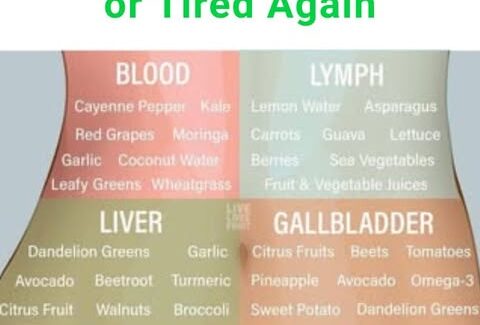
Step 3: Consider Recent Foods, Medications, and Supplements
Before panicking, think about what you have eaten or taken recently. For example:
- Beets, blackberries, or rhubarb can cause reddish urine.
- Carrots or vitamin C supplements can cause orange urine.
- Certain antibiotics or laxatives may affect color too.
Step 4: Assess Your Hydration
A quick way to gauge hydration status is the urine color chart mentioned above. If your urine is darker than pale yellow, it’s time to drink more fluids—preferably water.
Step 5: Monitor for Additional Symptoms
If abnormal urine colors persist, especially if accompanied by symptoms like pain, fever, frequent urination, or swelling, seek medical attention promptly. These could indicate infections, kidney stones, liver disease, or other serious health problems.
How to Maintain Healthy Urine Color and Hydration
- Drink adequate water: The general recommendation is about 2 to 3 liters per day, but it varies by age, climate, and activity.
- Limit caffeine and alcohol: These can dehydrate your body.
- Eat a balanced diet: Avoid excessive intake of foods or supplements that may discolor urine.
- Practice good hygiene: To avoid urinary tract infections.
- Regular check-ups: Keep track of your urinary and overall health.
Final Thoughts
Your urine color is a simple but powerful indicator of your body’s health. Paying attention to it regularly can help you stay hydrated and alert you to possible health issues before they worsen. Next time you visit the bathroom, take a moment to notice your urine color—it might just tell you something important about your well-being!
Remember: If you ever notice unusual urine color that doesn’t improve with hydration, or if it comes with other symptoms, don’t hesitate to consult a healthcare professional.









